NASA Approved Plants to Purify Air in Your Home
Before investing in an expensive air purifier, we figured we’d try out a few houseplants first — they’re much cheaper— and look a lot nicer.
According to NASA’s Clean Air Study, which was designed to find ways to clean the air in sealed space stations, plants can be effective to absorb carbon dioxide, release oxygen into the air, and remove pollutants like benzene, formaldehyde, and trichloroethylene. These chemicals can cause irritation to the skin, ears, eyes, nose, and throat, as well as some cancers, according to the EPA.
The study suggests that at least one plant per 100 square feet can effectively clean the air, so fill your space with these eight detoxifying plants, handpicked by NASA, to purify the air in your home.
1. SNAKE PLANT
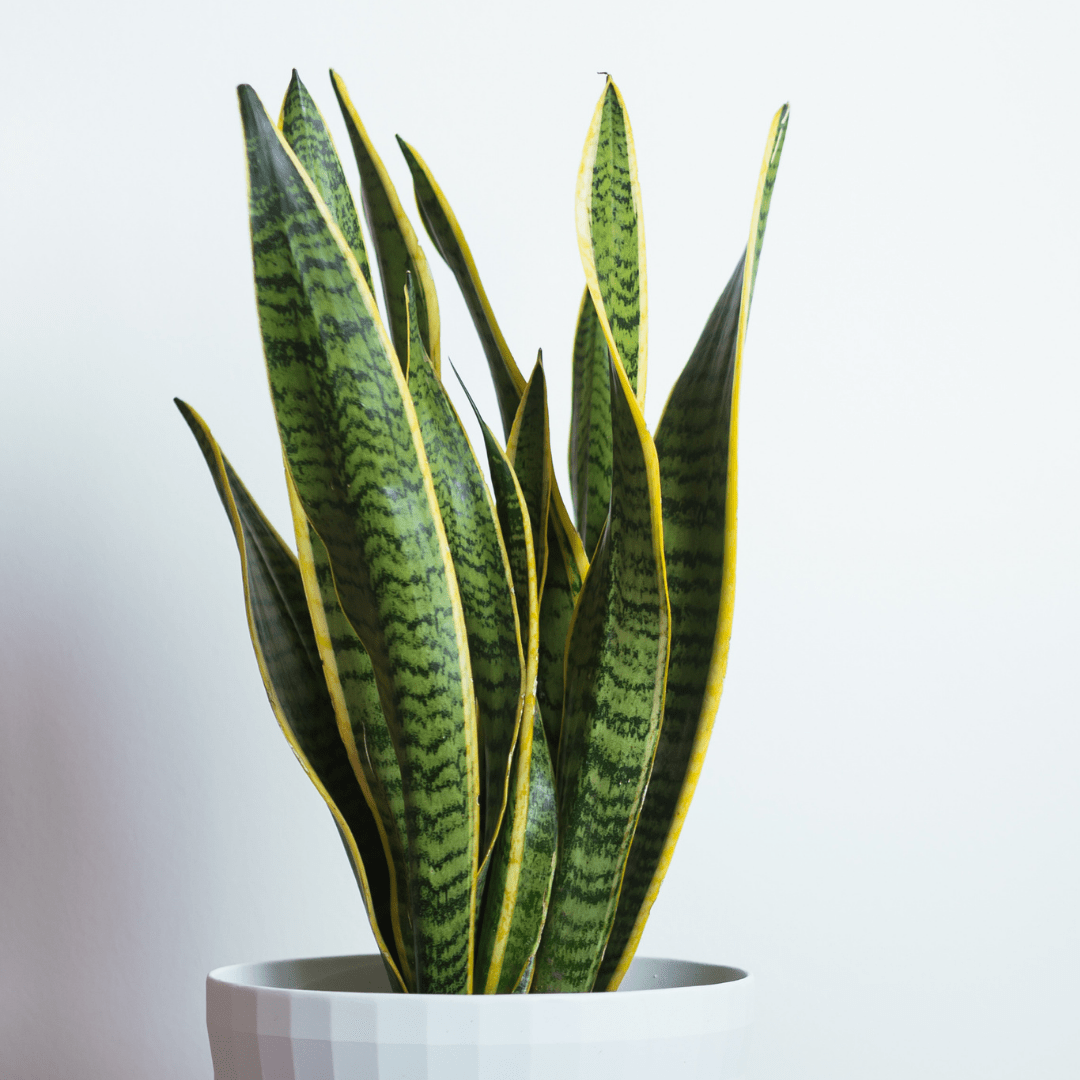
Snake Plant otherwise known as the Mother-In-Law’s Tongue is unique for its nighttime oxygen production, and ability to purify air through the removal of benzene, formaldehyde, trichloroethylene, xylene, and toluene.
2. PEACE LILY
If you’re somebody that loves flowers in the house, this is a great option for you. A peace lily produces fragrant flowers all summer long, and effectively removes ammonia, formaldehyde, trichlorobenzene, and benzene from the air. It grows best in shady areas and with the soil kept moist. Be careful though, as this plant can be toxic if eaten by children or pets.
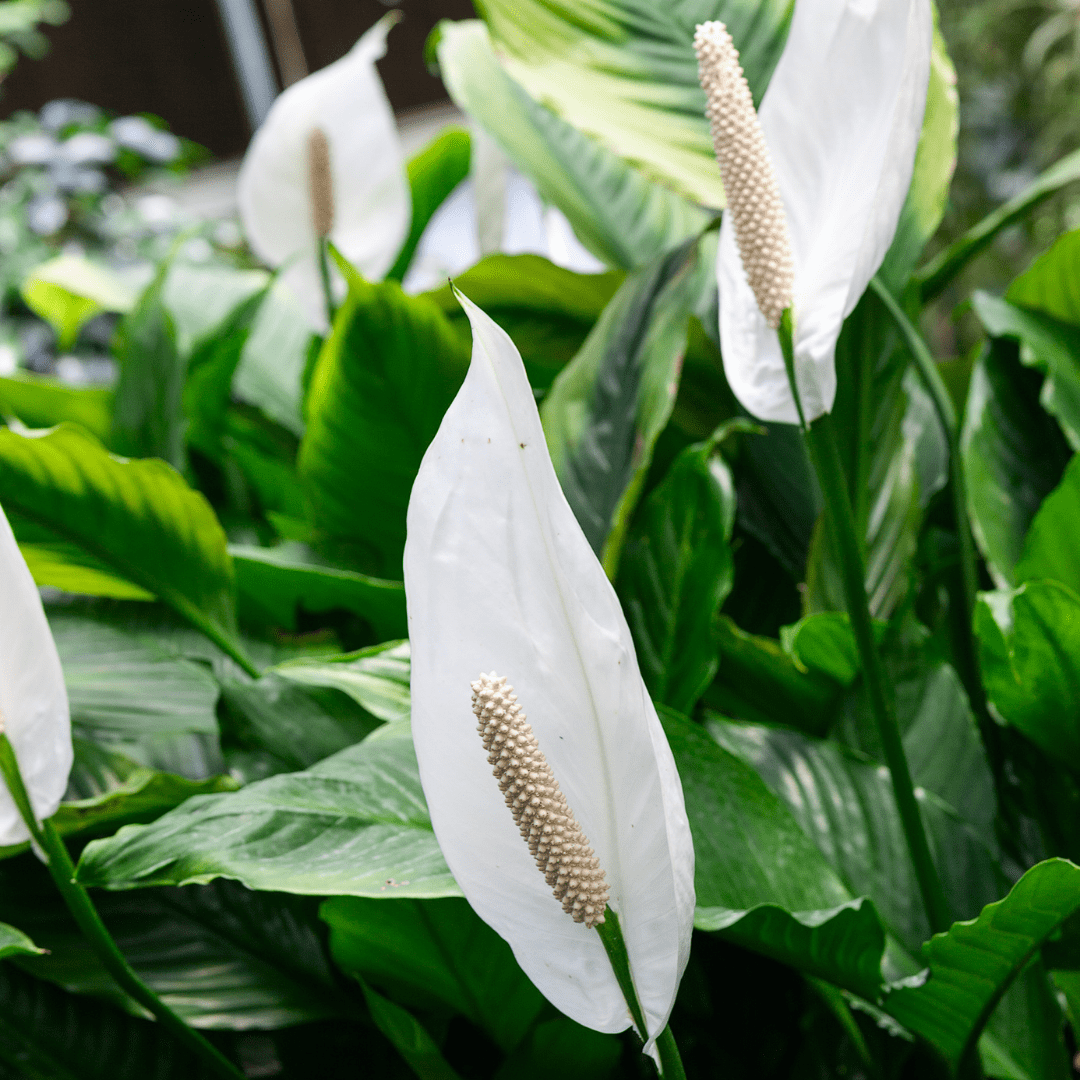
3. ENGLISH IVY
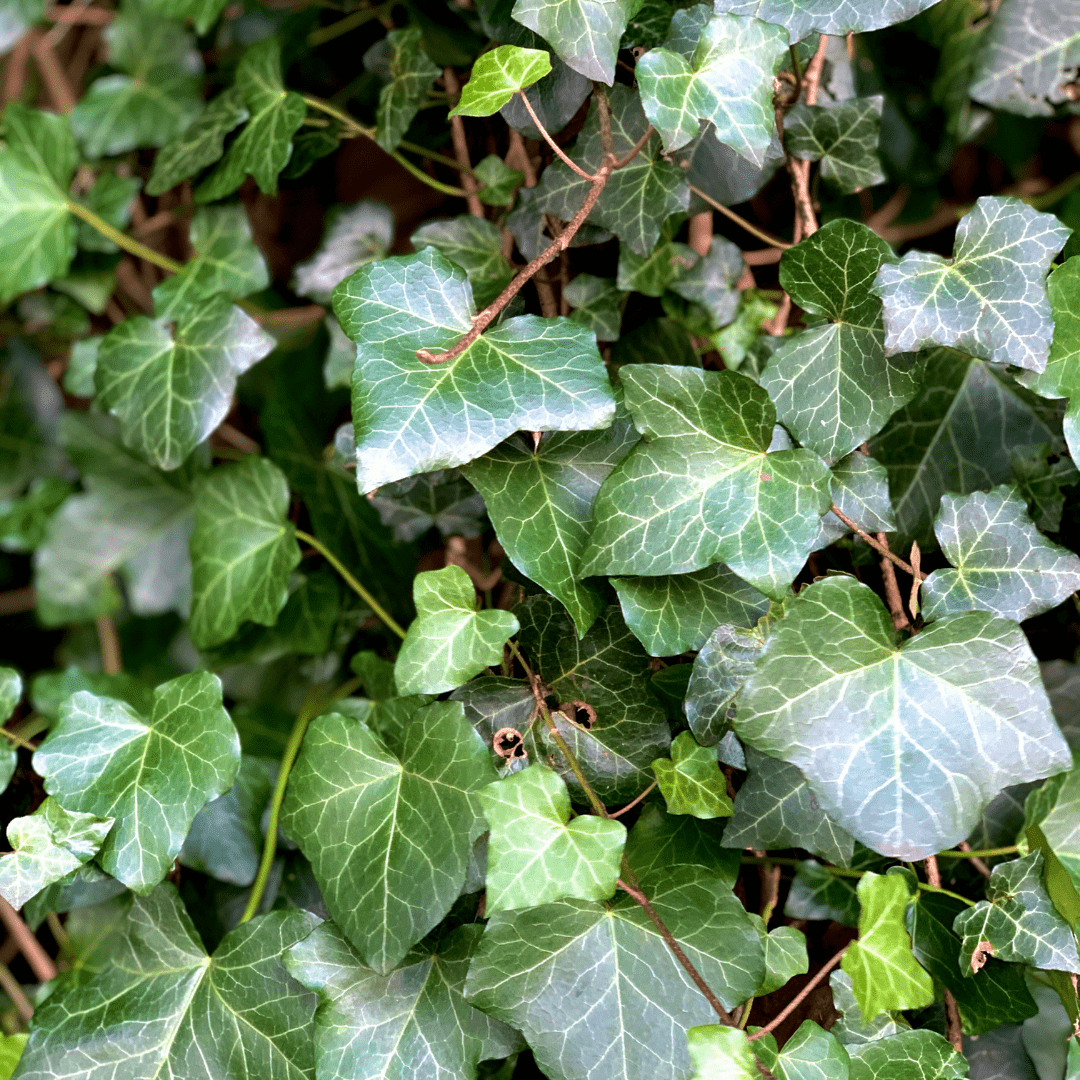
This plant is great at cleansing any benzene, formaldehyde, xylene, and toluene from the air as well as reducing any mold. The care for this plant is quite simple. It only takes three easy steps. First, be sure to keep it at a constant temperature, second allow it to receive plenty of direct sunlight, and lastly water often with well-drained soil.
4. BAMBOO PALM
This fast-growing houseplant looks majestic and is safe for children and pets. It will add moisture to the air in the dry winter months and it thrives in indirect sunlight away from any cold drafts. Take care of it by keeping the soil moist and misting its leaves.
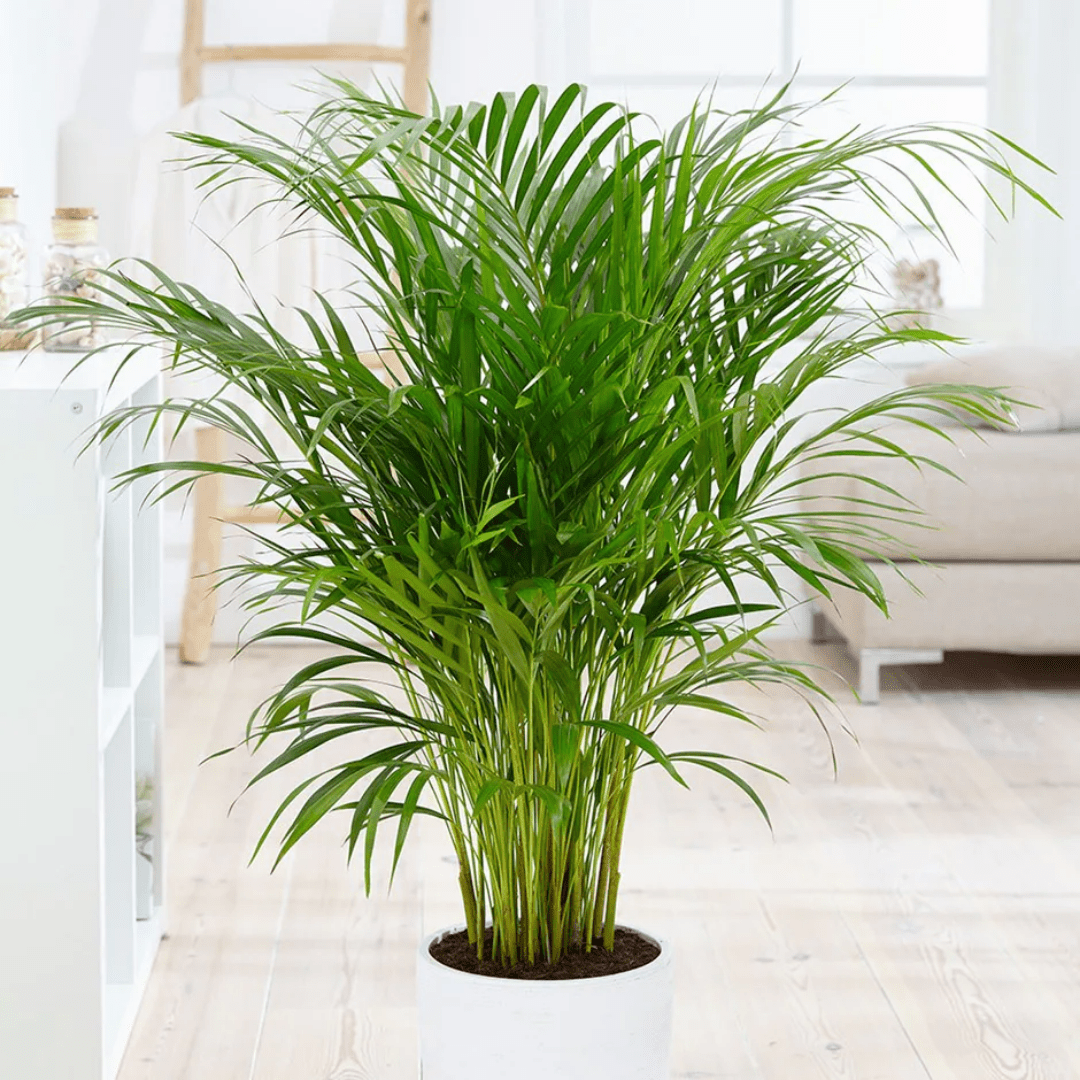
5. RED-EDGED DRACAENA
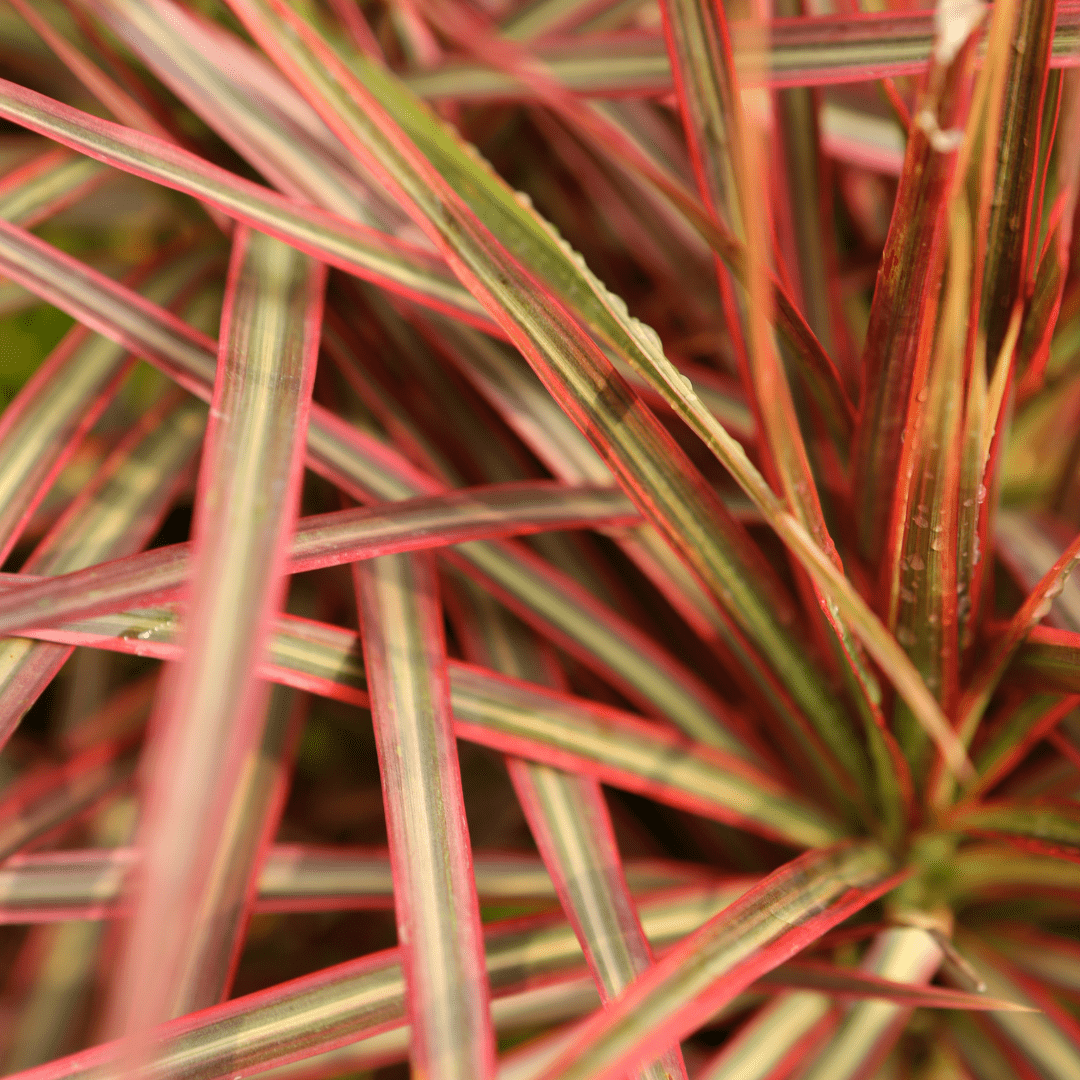
This drought-tolerant plant is good for beginners. It thrives in light. Wipe the underside of the leaves regularly with a damp cloth to make sure it can properly filter your air. Place it in a semi-shaded area and mist the soil with room-temperature water, rather than drenching.
6. MONEY PLANT
Featured by NASA, the Money Plant is renowned for its ability to remove chemicals and other pollutants from the air, specifically benzene, formaldehyde, xylene, and toluene. However, despite the benefit of its high purification rate, this plant is toxic to cats, dogs, and small children if its leaves are ingested.
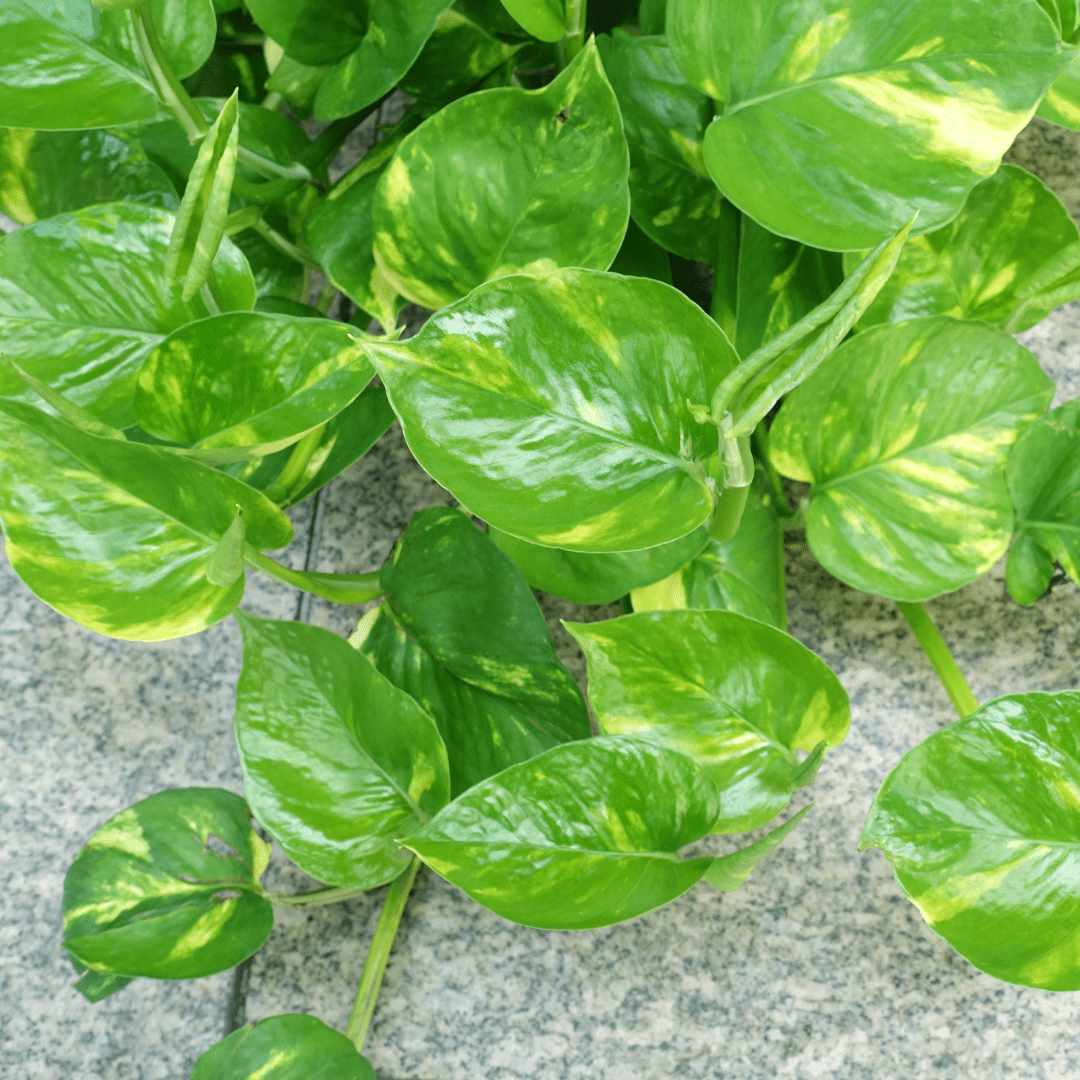
7. CHINESE EVERGREEN

The Chinese Evergreen is one of the most common household plants and for good reason. This plant emits a high oxygen content while purifying indoor spaces of harmful chemicals such as benzene, formaldehyde and other toxins. As its name suggests, it is quite popular in China specifically for its high efficiency in removing harmful pollutants from the air.
8. SPIDER PLANT
For those of you who are houseplant newbies, the resilient spider plant is a perfect choice. It will quietly battle toxins including carbon monoxide and xylene, a solvent used in the printing and rubber industries. If you have pets, this is one of the few houseplants that are non-toxic to animals.
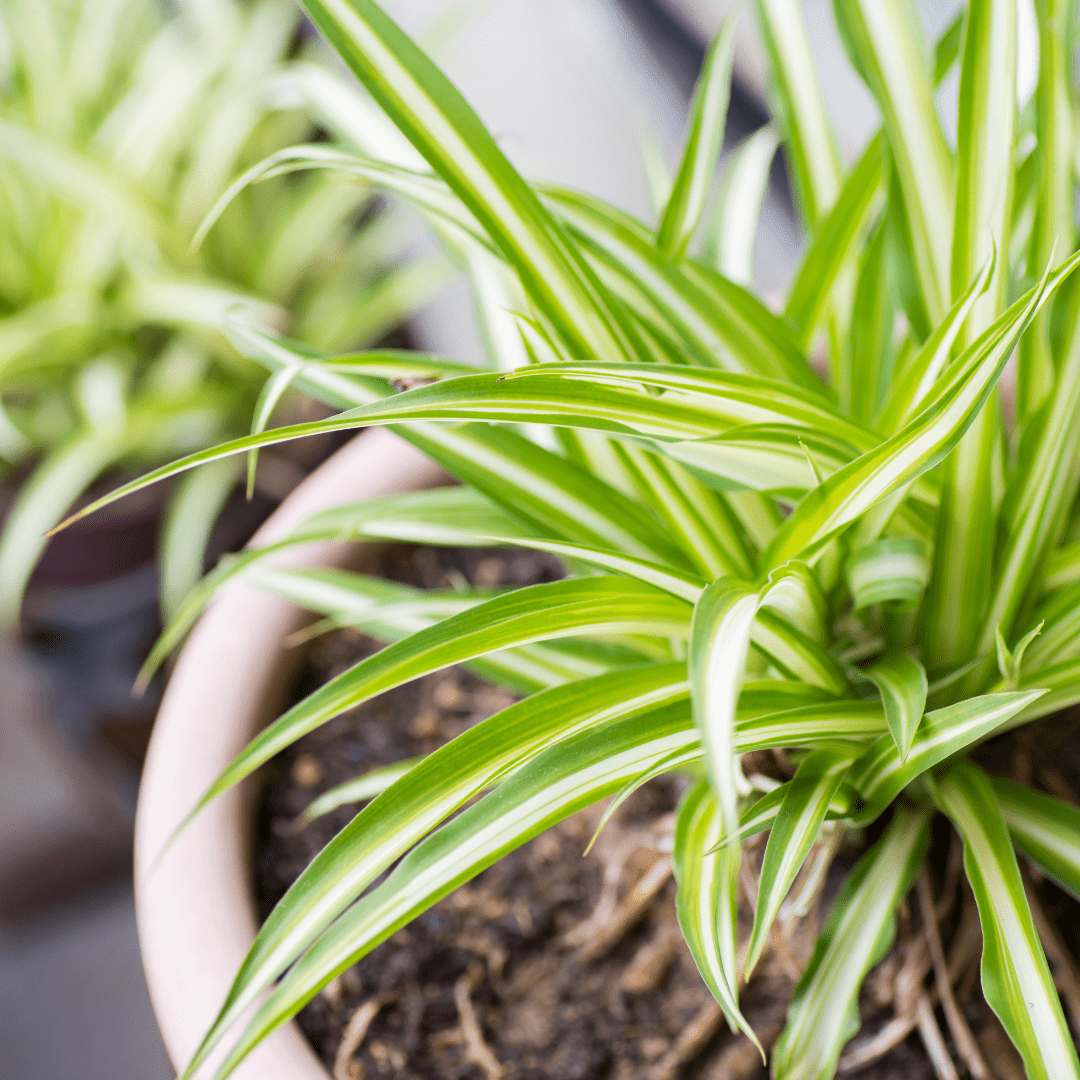
Back to Blog